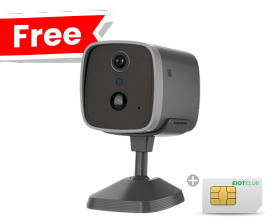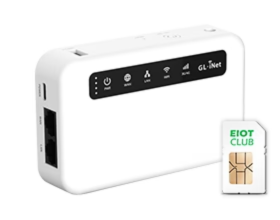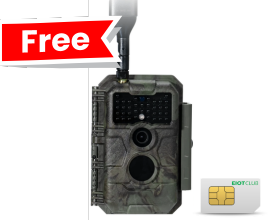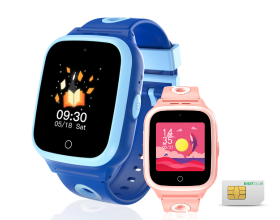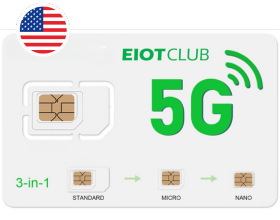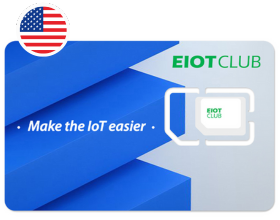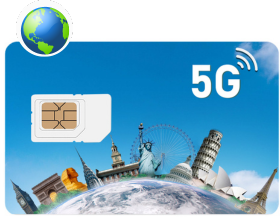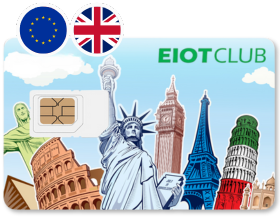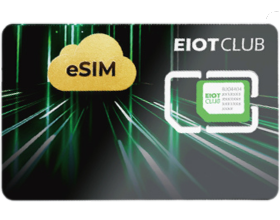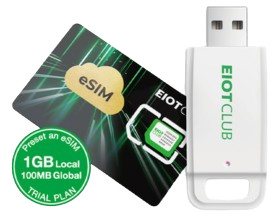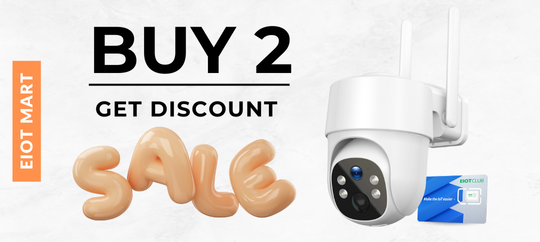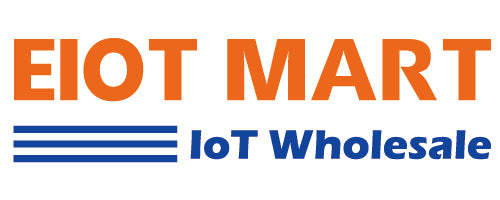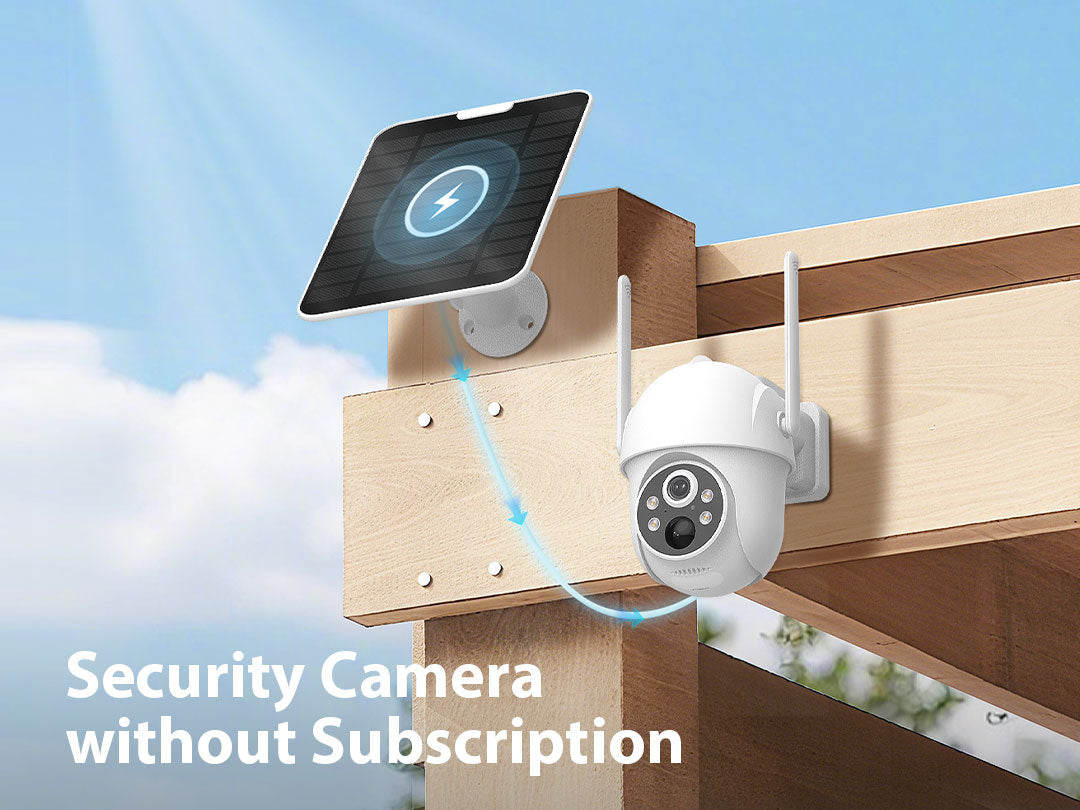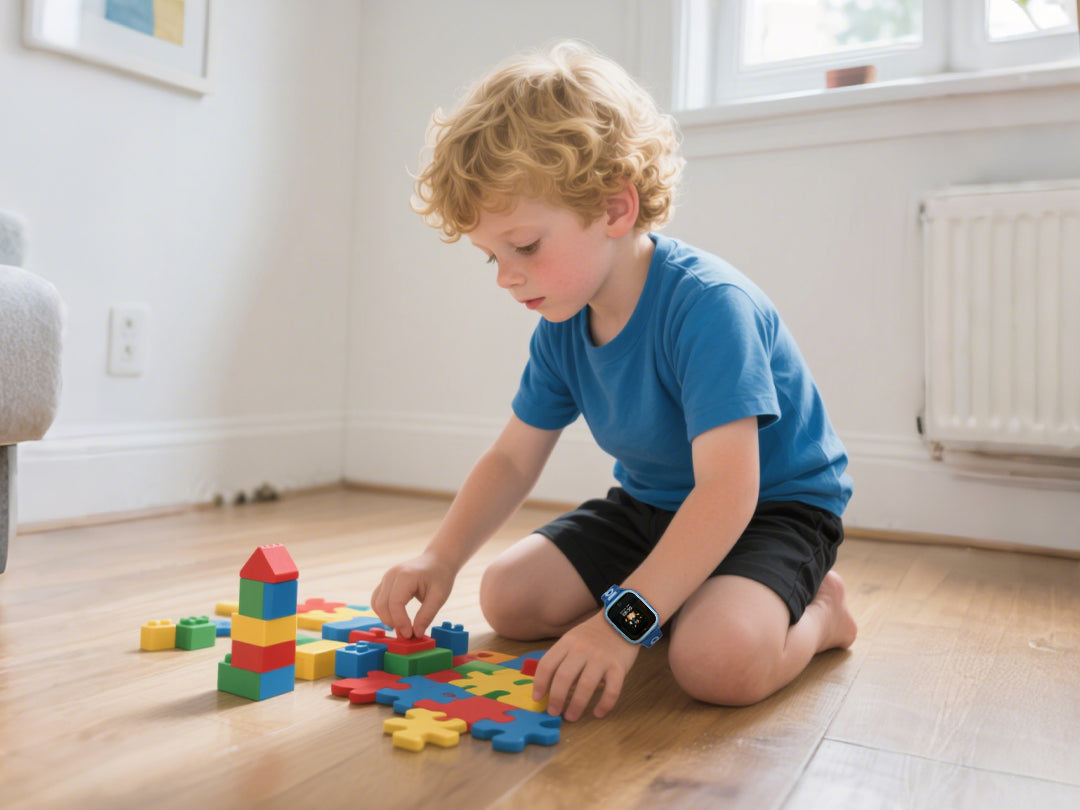What Are IoT Devices? Examples You Need to Know

In the rapidly evolving tech landscape, IoT devices have become a cornerstone of modern innovation. But what exactly are IoT devices? And why are they so significant in today's world?
Definition of IoT Devices
IoT, or the Internet of Things, refers to the network of physical objects embedded with sensors, software, and other technologies to connect and exchange data with other devices and systems over the Internet. These "things" range from ordinary household objects to sophisticated industrial tools.
How IoT Devices Work
IoT devices collect data from their environment via sensors, process it, and then share it with other connected devices. This seamless communication is made possible through various connectivity options like Wi-Fi, Bluetooth, and cellular networks.
Examples of IoT Devices
Smart Home Devices
- Smart Thermostats: Learn your schedule and adjust the temperature accordingly, saving energy and improving comfort.
- Smart Locks: Allow you to control your door locks remotely, providing enhanced security and convenience.
- Smart Speakers: Control other smart devices, play music, provide information, etc., through voice commands.
- Smart Light Bulbs: Be controlled via mobile apps or voice assistants to adjust the lighting, brightness, and color.
Wearable Devices
- Smartwatches: Track your fitness, monitor your health, and keep you connected to your digital world.
- Fitness Trackers: Track your physical activity, sleep patterns, and provide health insights.
- Smart Glasses: Provide augmented reality experiences, notifications, and hands-free operation.
- VR Headsets: Offer immersive virtual reality experiences for gaming, training, and entertainment.
Industrial IoT Devices
- Predictive Maintenance Sensors: These sensors monitor equipment health and predict failures before they occur, reducing downtime and maintenance costs.
- Connected Machinery: Industrial machines equipped with IoT capabilities can communicate with each other, optimizing manufacturing processes.
Healthcare IoT Devices
- Remote Patient Monitoring: Devices like continuous glucose monitors and remote ECGs allow healthcare providers to monitor patients' health in real time.
- Smart Medical Devices: Innovations such as smart inhalers and connected insulin pens improve the management of chronic diseases.
IoT Cameras
IoT cameras are smart devices that connect to the internet, offering features like remote access, motion detection, and real-time alerts for enhanced surveillance and security.
These IoT cameras can be used for various applications, such as home security, industrial monitoring, and wildlife observation. Their connectivity and intelligent features make them a versatile solution for modern surveillance needs.
Advanced IoT Applications
- Smart Cities: IoT technology helps create smart cities by optimizing traffic flow, reducing energy consumption, and enhancing public safety through connected infrastructure.
- Autonomous Vehicles: Self-driving cars use IoT sensors and connectivity to navigate roads, avoid obstacles, and provide a safer driving experience.
- Agriculture IoT: IoT devices in agriculture monitor soil moisture, track livestock, and manage irrigation systems, increasing efficiency and crop yields.
Security in IoT Devices: Do IoT Devices Have Firewalls?
Yes, some IoT devices have built-in firewalls, especially high-end or enterprise-grade devices. Typically, IoT devices have the following types of firewalls:
Built-in Firewalls: Some high-end and enterprise IoT devices have built-in firewalls to monitor and control traffic.
Network-Level Firewalls: Many IoT devices rely on network firewalls provided by routers or dedicated security appliances to ensure protection.
Software Firewalls: Certain IoT devices use software firewalls as part of their operating systems.
Cloud-Based Security: IoT devices connected to cloud services benefit from the security measures, including firewalls, implemented by those services.
Due to limited resources in many IoT devices, their built-in security features might be basic, so it's crucial to implement a comprehensive security strategy, including regular updates, strong authentication, and secure network configurations.
Benefits of IoT Devices
- Increased Efficiency: IoT devices automate tasks and provide real-time data, leading to increased efficiency in various processes, from manufacturing to home management.
- Enhanced Convenience: Smart home devices and wearables offer convenience by simplifying tasks, providing health insights, and keeping you connected.
- Better Decision Making: The data collected by IoT devices can be analyzed to provide valuable insights, helping businesses and individuals make informed decisions.
Future of IoT
Future trends in IoT include advancements in AI and machine learning, edge computing, and the expansion of 5G networks, which will enhance the capabilities and applications of IoT devices. IoT is set to revolutionize healthcare, manufacturing, and transportation industries, driving innovation and efficiency to new heights.
Conclusion
IoT devices are transforming the way we live and work, offering unprecedented connectivity, convenience, and efficiency. As technology continues to evolve, the potential for IoT devices will only grow, shaping the future in ways we can only begin to imagine.



